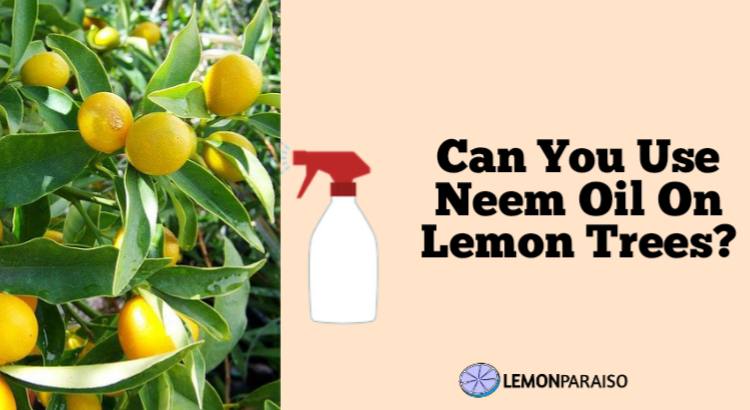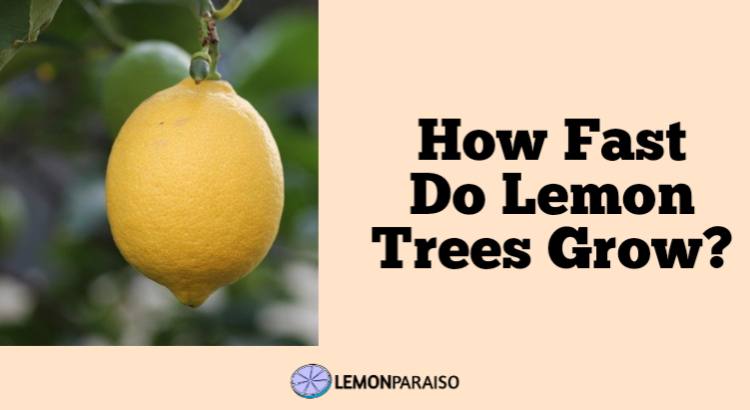Mealybugs On Lemon Tree
Mealybugs are small, sap-sucking insects that can infest and damage lemon trees. These pests, which have a white, cottony appearance, feed on the sap of the tree, causing leaves to yellow and wilt. They also excrete a sticky substance called honeydew, which can attract other insects and lead to the growth of sooty mold. Know how to identify and control mealybugs on lemon trees, as well as ways to prevent infestations.
Identifying Mealybugs On Lemon Tree
Identifying mealybugs on lemon trees is important for taking effective control measures. Common physical characteristics of mealybugs include their small size (typically around 1/4 inch long) and their white, cottony appearance. They can often be found congregating in clusters on leaves, stems, and fruit.
Signs of mealybug infestation on lemon trees include yellowing and wilting of leaves, as well as the presence of sticky honeydew secretions. The honeydew can also attract other pests, such as ants, and can lead to the growth of sooty mold. In addition, the leaves and fruit may be distorted, with a reduced size and discoloration.
It is also important to note that mealybugs have a life cycle, with different developmental stages, such as eggs, nymphs, and adults. So, it’s important to check the tree regularly and identify the stage of the mealybugs in order to take the most effective control measures.
How To Get Rid Of Mealybugs On Lemon Tree
There are several control measures that can be used to manage mealybug infestations on lemon trees.
Cultural control methods include keeping the lemon tree well-watered and fertilized to promote healthy growth. This can make the tree less attractive to mealybugs and better able to withstand an infestation.
Manual control methods include physically removing mealybugs from the tree using a cotton swab dipped in rubbing alcohol. This can be effective for small infestations, but may not be practical for large infestations.
Chemical control methods include using insecticides specifically labeled for use on mealybugs. These can be applied as a foliar spray or as a soil drench. It is important to follow all label instructions and precautions when using any chemical control method.
It is also important to note that a combination of control measures may be more effective than using just one method alone. Consultation with a professional entomologist or horticulturist is recommended for severe infestations.
Preventing Mealybug Infestations On Lemon Trees
Preventing mealybug infestations on lemon trees is important for maintaining a healthy and productive tree.
One way to prevent infestations is to keep the area around the tree clean and free of debris. This can include removing any fallen leaves or fruit, as well as keeping the trunk and branches of the tree free of weeds or other plants.
Another way to prevent infestations is to inspect citrus trees regularly for signs of mealybugs. This can be done by visually checking leaves, stems, and fruit for the presence of mealybugs or signs of infestation such as yellowing leaves or sticky honeydew secretions. It’s good to check the trees every week during the growing season and every month during the dormant period.
In addition, it’s important to avoid introducing new plants or pests to the area that may be carrying mealybugs. If a tree is known to have mealybugs it is best to avoid planting other citrus trees nearby.
Finally, be aware of the local weather conditions and the natural predators of mealybugs, in order to take advantage of them. For example, when there’s a dry spell, mealybugs are less active and easier to control. Also, some species of parasitic wasps, ladybugs, and lacewings are known to be predators of mealybugs, so it’s good to provide a favorable environment for them.
Conclusion
Mealybugs are small, sap-sucking insects that can infest and damage lemon trees. Identifying and controlling mealybug infestations is crucial for maintaining the health and productivity of lemon trees. This includes cultural control methods, such as keeping the tree well-watered and fertilized, manual control methods, such as physically removing mealybugs, and chemical control methods, such as using insecticides specifically labeled for use on mealybugs.
Preventing mealybug infestations is also important. This includes keeping the area around the tree clean and free of debris, inspecting the trees regularly, avoiding introducing new plants or pests that may be carrying mealybugs, and being aware of the local weather conditions and natural predators of mealybugs.
Overall, controlling and preventing mealybug infestations on lemon trees is essential for maintaining a healthy and productive tree. It is important to consult with a professional entomologist or horticulturist if infestation is severe.



